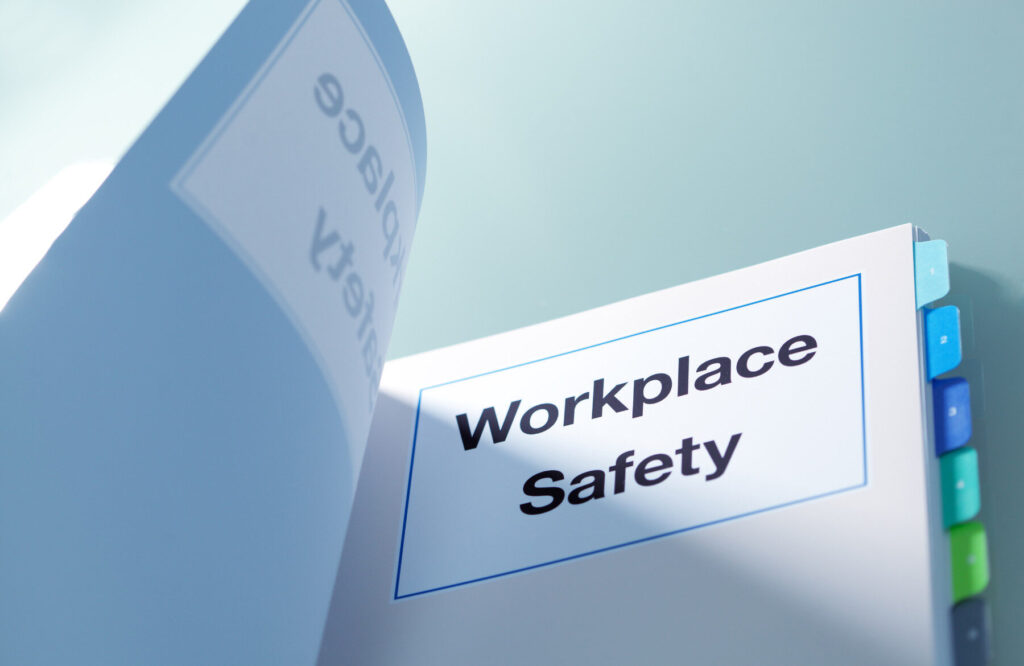Understanding the Workplace Health Crisis: Here’s How to Take Action
The latest Health and Safety Executive (HSE) statistics are out – and they tell a sobering story. While workplace fatalities have thankfully declined, overall illness and injury rates reveal a shocking spike, with costs soaring past £16 billion. The data points to a systemic challenge that demands strong leadership and proactive solutions through health and safety implementation – especially when it comes to mental health.
The financial and human toll of workplace ill health is undeniable. Workplace health issues aren’t just statistics – they impact productivity, morale, and the bottom line. Ill health cases have risen dramatically from 1.7 million to 1.9 million, representing an increase of 11.8%, while total injuries have jumped from 604,000 to 680,000, a 12.6% rise. Perhaps most striking is the impact on productivity: working days lost have surged from 33.7 million to 40.1 million, up 19%. In monetary terms, the annual cost of workplace ill health now sits at £16.4 billion, marking a 13.1% increase and signalling the urgent need for effective interventions.
💡 Key Insight: The annual cost of workplace ill health has surged to £16.4 billion, a 13.1% rise – highlighting the urgent need for effective intervention.
Among these statistics, the most alarming trend is the rise in mental health issues. Cases of stress, depression, and anxiety have surged by 24.3%, from 776,000 to 964,000. Put simply, nearly half of all reported workplace ill-health cases are now related to mental health. This is no longer a side issue – it is a core risk to any workforce. Organisations must invest in proactive mental health support, including employee assistance programmes, mental health first-aid training, and robust stress risk assessments, to prevent the human and financial costs from spiralling further.
💡 Key Insight: Nearly one million stress-related cases highlight that mental well-being is no longer a “nice-to-have.” It’s a core workforce risk demanding immediate investment in support, workload management, and proactive interventions.
Despite the worrying overall trends, there are areas of progress. Targeted safety initiatives appear to be working in reducing the most severe outcomes. Workplace fatalities have decreased by over 10%, while RIDDOR-reportable injuries have fallen slightly by 3.9%. These improvements show that focused, strategic action can make a tangible difference, but they also highlight how much more remains to be done.
One striking observation from the HSE data is the persistence of preventable, high-frequency accidents. Slips, trips, and falls on the same level account for 30% of all reported workplace injuries, nearly double the next most common category of handling, lifting, or carrying at 17%. This demonstrates that while workplaces may be improving in complex or high-risk operations, the simplest hazards remain a major contributor to injury. Targeted campaigns to improve housekeeping, floor safety, and employee awareness can deliver rapid, measurable reductions in these incidents.
💡 Key Insight: Addressing these high-frequency, preventable risks can dramatically reduce overall injury rates.
Taking Action: Leadership That Makes a Difference
The message from the HSE data is clear: leaders must respond with strategic, proactive action. Prioritising mental health, addressing high-frequency risks, and strengthening overall safety culture are no longer optional – they are essential. Organisations that foster a supportive environment, empower teams to report hazards proactively, and invest in preventive measures will not only protect their workforce but also safeguard productivity and long-term success.
✔️ Prioritise Mental Health
- Build a supportive culture
- Provide EAPs and mental health first-aid training
- Conduct robust stress risk assessments
✔️ Target High-Frequency Risks
- Launch a Slip and Trip Prevention Campaign
- Improve housekeeping, floor safety, and awareness
- Deliver rapid, measurable reductions in injury
✔️ Strengthen Safety Culture
- Go beyond compliance
- Empower teams to report hazards proactively
- Address systemic issues before they escalate
At Omny Group, we help leaders turn these insights into meaningful action. By translating data into strategy, we support organisations in creating safer, healthier workplaces where employees can thrive. The time to act is now, and the results – both human and financial – are worth it. Request a no-obligation consultation to discover how strategic leadership in health and safety can transform your organisation.

